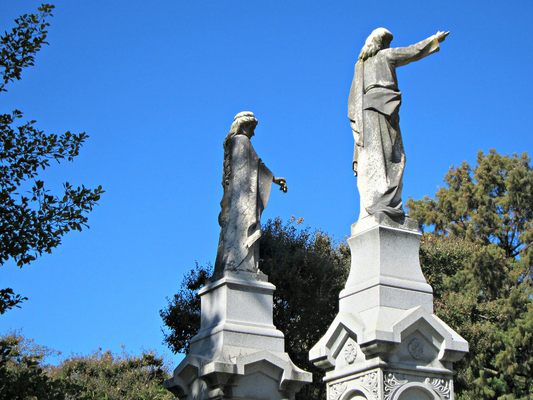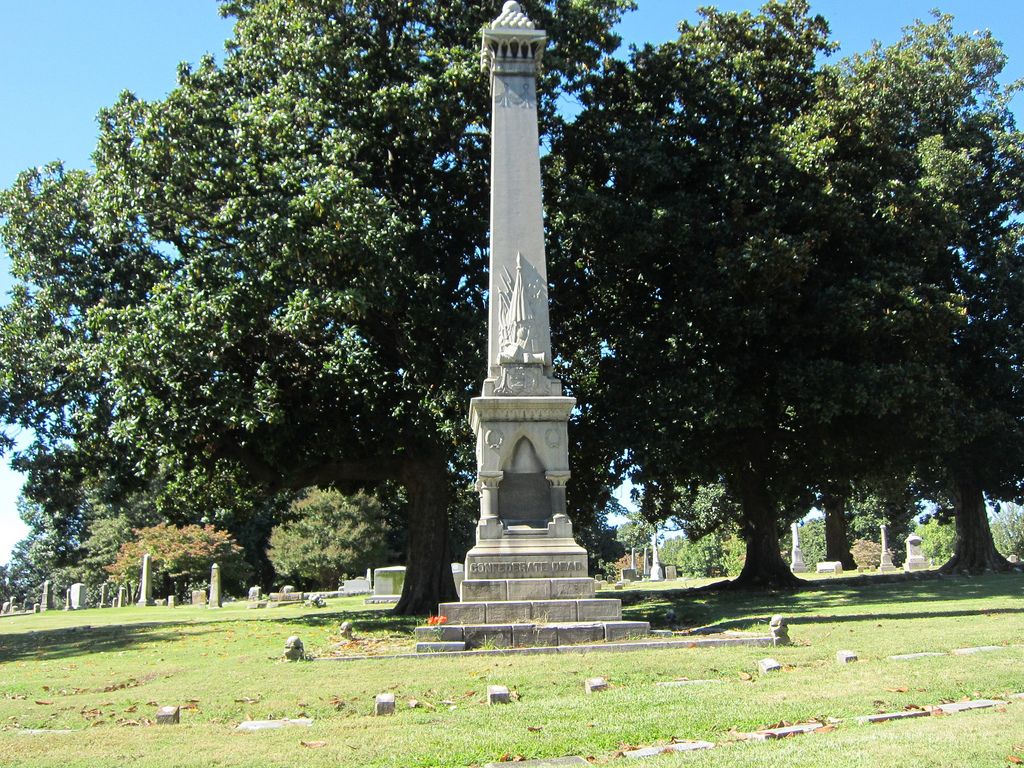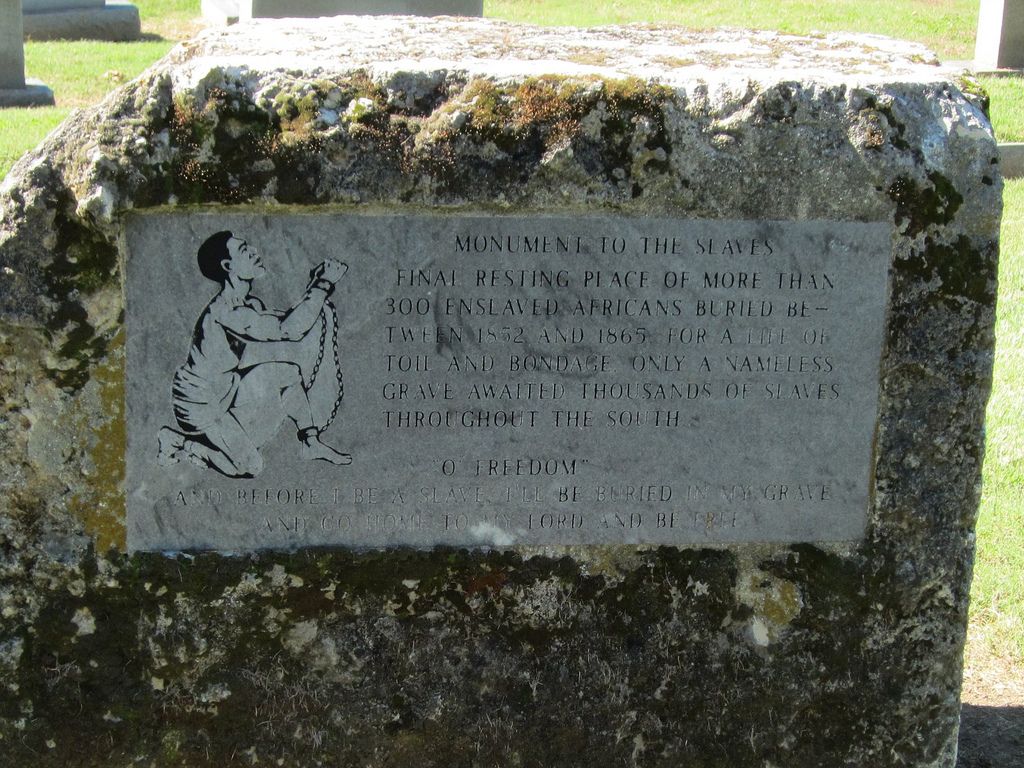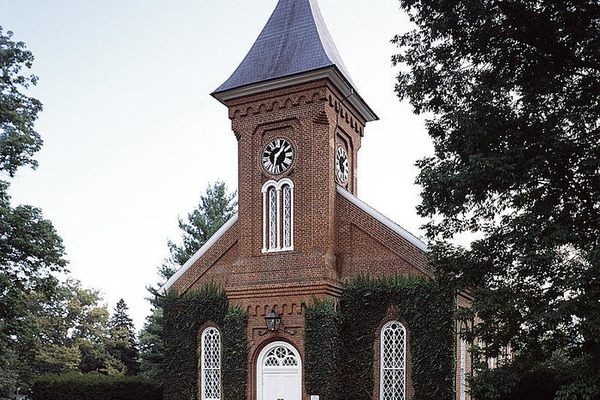About
As soon as you drive under the gate and over the bridge to Elmwood Cemetery in Memphis, you're in a Victorian memorial retreat.
Around 85,000 people are buried in what remains the oldest active cemetery in the Southern city. Established in 1852, the name "Elmwood" was selected by drawing it out of a hat, but it perfectly fits the shady grounds of the over 80 acre cemetery with some 1,500 trees. The cemetery was set up during the Rural Cemetery Movement, meant to be as much a place of repose for the living as the dead. Magnolias, dogwoods, oaks, and maples droop over marble monuments, massive mausoleums, angelic statues, and mass graves.
A large portion of Elmwood's dearly departed souls died during the yellow fever epidemic that swept through Memphis in 1878 and brought the bustling city to a standstill. The disease claimed around 5,000 people in the area, fundamentally altering the social fabric of the city. Roughly 2,500 fever victims are interred in Elmwood, including doctors, nurses, clergy, and other caregivers who were consumed by the epidemic. During the height of the devastating plague, few remained to bury their dead; as a result, around 1,500 unidentified yellow fever victims were laid to rest in a mass grave known as No Man's Land.
No Man's Land is not the only mass burial site in Elmwood. Before the Civil War, the cemetery was 40 acres, but it was doubled after. Numerous Civil War generals are buried in the lush ground, and so are around 1,000 Confederate soldiers beneath little block-shaped stones. Nearby a simple granite monument marks the mass grave of hundreds of slaves.
Strolling the grounds of Elmwood, these corners, dark and light, of Memphis history are revealed, from blues musicians to governors to people who donated their bodies to science who are remembered in an area kept up by the University of Tennessee. Listen while you walk the winding paths for the 1879 Norfleet Bell that still tolls for each funeral.
Related Tags
Community Contributors
Added By
Published
January 13, 2014























































